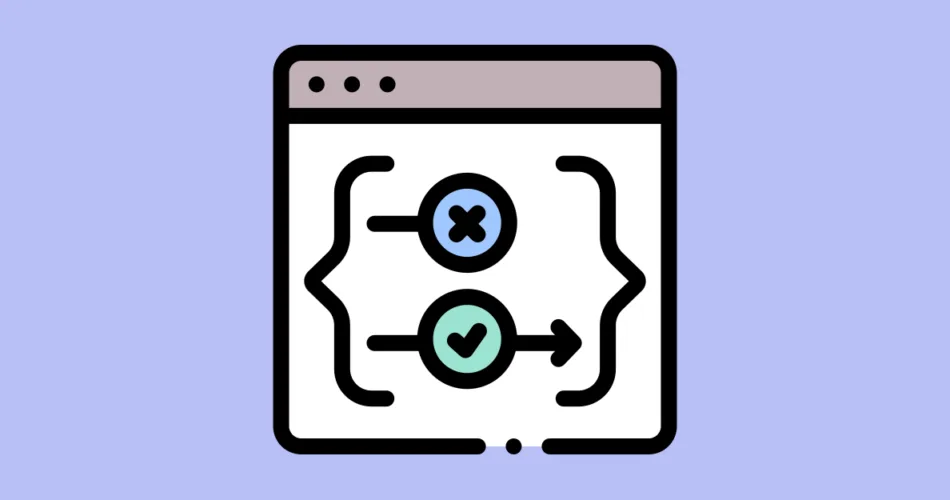Understanding Exceptions is a critical aspect of Java programming. Exceptions are events that occur during the execution of a program and disrupt its normal flow. Java classifies exceptions into two main categories: Checked and Unchecked Exceptions. In this article, we’ll explore the differences between these two types of exceptions and how they impact your Java programs.
Checked Exceptions
Checked Exceptions are a type of exception that the Java compiler forces you to handle or declare. These exceptions are typically caused by external factors such as file I/O errors, network issues, and database problems. By requiring you to either catch or declare these exceptions, Java ensures that you explicitly handle situations that might result in runtime errors.
Here’s an example of using a checked exception:
public class FileHandler {
public void readFile(String filePath) throws IOException {
FileReader reader = new FileReader(filePath);
// More code for reading the file
reader.close();
}
}
In the above code, the readFile method reads a file using the FileReader class, which can throw an IOException due to file-related errors. The method declares that it throws an IOException, which means that any code calling this method must handle or declare this exception.
Unchecked Exceptions
Unchecked Exceptions, also known as runtime exceptions, are exceptions that don’t need to be explicitly declared or caught by the compiler. These exceptions usually result from programming errors such as division by zero, accessing an index out of bounds, or invoking a method on a null object reference.
Here’s an example of an unchecked exception:
public class Divider {
public int divide(int a, int b) {
return a / b;
}
}
In the above code, the divide method can throw an ArithmeticException if the divisor b is zero. Since this is an unchecked exception, the compiler doesn’t force you to handle or declare it.
When to Use Checked and Unchecked Exceptions in Java
Use checked exceptions for conditions that are beyond your control, such as I/O operations or external services. By requiring handling or declaring these exceptions, you ensure that the program gracefully handles potential errors.
Unchecked exceptions should be used for situations that are within the control of the programmer. These are typically programming errors that should be addressed during development and testing.
Conclusion
Understanding the differences between checked and unchecked exceptions in Java is essential for writing robust and reliable Java programs. Checked exceptions enforce error handling, while unchecked exceptions highlight programming errors. By choosing the right type of exception for the situation, you can create code that’s both efficient and robust.
Subscribe to our email newsletter to get the latest posts delivered right to your email.


Comments